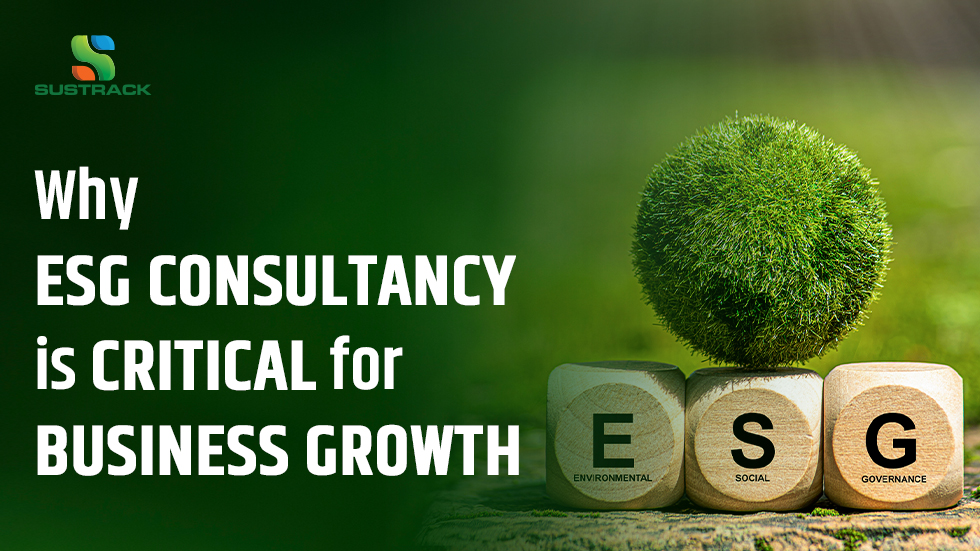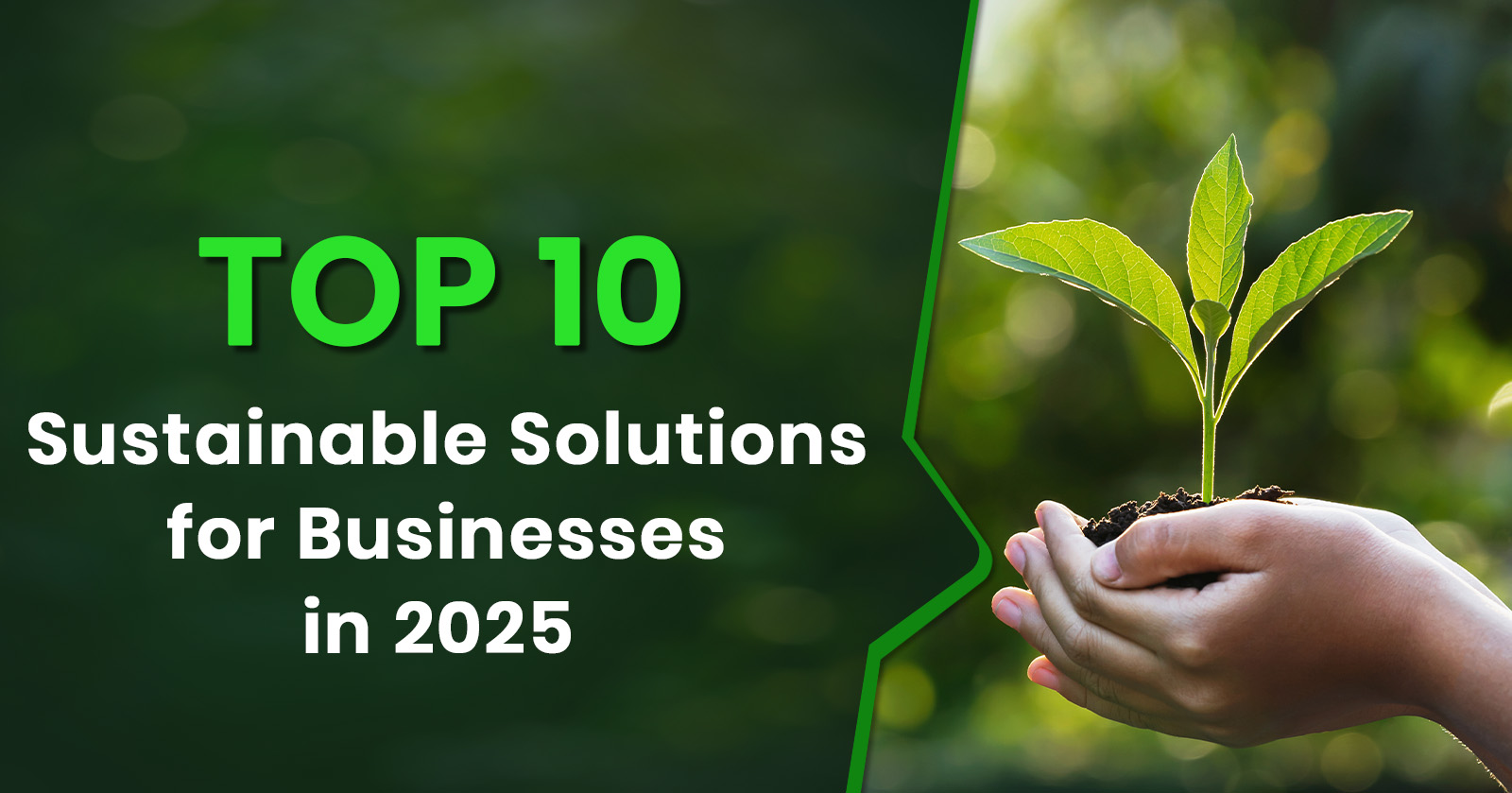Is your company really on track to meet its net zero goals, or just checking the boxes? Across the world, businesses are under pressure to reduce their carbon emissions and show real progress toward net zero goals.
It is not just about doing good for the environment; it is about meeting regulatory requirements, gaining investor trust, and staying competitive.
But achieving carbon neutrality is not as simple as just balancing emissions. Companies need a clear net zero plan, an effective ESG strategy, and real efforts to reduce their carbon footprint.
That’s where experienced ESG consultants like Sustrack come in. They guide companies step-by-step, from setting targets to tracking results, so that your net zero goals are clear, credible, and achievable.
What Does Net Zero Mean?
Net zero means reducing greenhouse gas emissions as much as possible and offsetting any remaining emissions by removing an equal amount from the atmosphere.
For example, any emissions that cannot be stopped can be balanced by using clean energy, improving efficiency, or running things in a sustainable way. Any emissions that cannot be avoided can be balanced through methods like planting trees or using technology that removes carbon from the air.
Global Push for Net Zero and Regulatory Expectations
Across the world, countries and industries are working toward net zero to fight climate change. Governments are setting strict climate targets, and new rules are being introduced to reduce carbon emissions.
The global push for net zero started with the Paris Agreement (2015), where countries agreed to keep global warming well below 2°C. A central goal of this agreement is to reach net zero emissions by 2050Many countries have set their goal: for example, the European Union, the United States, and Japan aim for net zero by 2050, China by 2060, and India by 2070. These commitments show a global effort to fight climate change.
To support this, regulators expect companies to measure their emissions carefully, create net zero roadmap, and report their progress transparently. Meeting these requirements is becoming important for business success.
Nowadays, regulators, investors, and customers all expect companies to be transparent about their environmental impact. They want businesses to set clear net zero goals and regularly show progress toward achieving net zero.
Failing to meet these expectations can lead to losing investor trust, facing regulatory penalties, or falling behind competitors. This is why it’s essential for companies to take net zero seriously and integrate it fully into their business strategy.
If companies don’t do this, they may lose investor trust or face regulatory fines. That’s why businesses need to take net zero seriously.
ESG Consultancy Role in Setting and Tracking Goals
An ESG (Environmental, Social, and Governance) consultant helps companies build sustainable and responsible business practices. They guide businesses in planning, decision-making, and reporting on net zero goals.
ESG consultants also help companies to build trust with investors and customers. Let’s understand how ESG consultancy sets and tracks goals.
Setting Net Zero Goals
An ESG consultancy helps companies start by measuring how much carbon they are currently producing. This includes both direct & indirect emissions (like fuel used in operations, electricity use, or emissions from suppliers). Using this information, consultants help to set clear net zero goals and an ESG strategy that matches global or national standards.
Tracking Progress
After setting goals, ESG consultancies help companies track their emissions over time. They use tools like carbon tracking software or dashboards to make this easier.
Consultants also help collect accurate data, check important numbers, and prepare regular reports on progress.
If there are any delays or problems, they help adjust the plan. They also make sure your reports follow global standards like CDP, TCFD, or BRSR in India.
With this strategy, companies stay on the right track and show real progress to investors, customers, and regulators.
Carbon Insetting
Carbon insetting is a way for companies to reduce their emissions within their supply chain or industry. Instead of looking outside, they focus on making positive changes inside their operations and supply chain.
This can include improving process efficiency , using renewable energy, or supporting sustainable farming. These not only reduce carbon emissions but also support local communities, protect the environment, and improve company work culture.
In simple terms, carbon insetting means taking action within the company’s supply chain to fight climate change. Carbon insetting mainly targets Scope 3 emissions.
By focusing on insetting, businesses reduce their impact in a sustainable way, while also meeting climate goals.
Carbon offsetting vs Emissions Reduction
When setting net zero goals, companies often hear about two main approaches: emissions reduction and carbon offsetting.
Emissions reduction means directly reducing the pollution a company produces. This can include switching to renewable energy, using cleaner transport, or changing production methods. It’s the most important and preferred step on the path to net zero roadmap.
Carbon offsets help companies balance out their emissions by supporting projects that reduce or remove carbon from the atmosphere.
For example, if a company can’t cut all its emissions, it can buy carbon offsets by funding projects like planting trees, protecting forests, or improving power plants.
The idea is that it does not matter where the carbon is being reduced, as long as the overall amount in the atmosphere is reduced.
Sustrack’s Net Zero Advisory Process
With Sustrack, your net zero goals become clear, achievable, and aligned with both business goals and global climate expectations.
Here’s how our Net Zero Advisory Process works:
- We start by measuring your current carbon emissions, including energy use, operations, and supply chain.
- Based on global standards, we help you create net zero roadmap and define a realistic path to net zero.
- We create a step-by-step plan with short- medium and long-term actions to reduce emissions in your business.
- We provide tools to monitor your emissions, review your progress regularly, and adjust plans as needed.
- We support you in reporting your results through trusted ESG frameworks like CDP, BRSR, and TCFD, helping you build trust with investors and stakeholders.
Wrapping Up
Meeting your company’s net zero goals is important for the future. To achieve carbon neutrality, you need to reduce emissions and have a clear net zero roadmap with an effective ESG strategy.
This process can be challenging, but with the right support, it becomes easy. Sustrack helps your business at every step, setting the net zero goals, reducing emissions, tracking progress, and reporting your results transparently.
With the right plan and expert help, your company can take steps toward a cleaner & greener environment.



